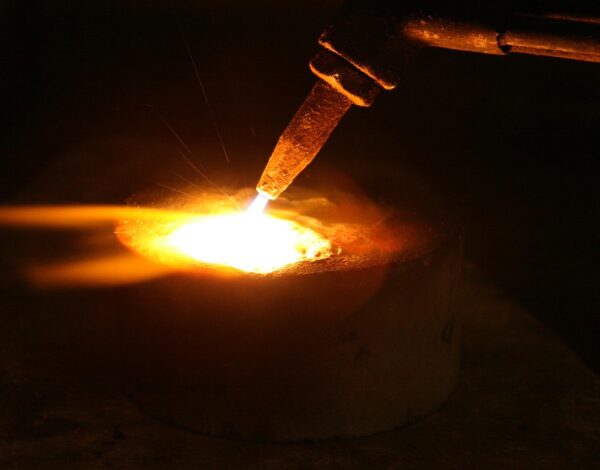

Aviation Cylinder Hydrostatic Testing
Aircraft inspection and maintenance requirements are designed to ensure aircraft airworthiness. One of those requirements is hydrostatic testing of aircraft cylinders. Some aircraft maintenance schedules require hydrostatic testing at five or 10 years and others, more frequently. Timely inspections and testing are essential for maintaining FAA and DOT compliance. Failing to complete necessary inspections can lead to fees and citations that can ground aircraft.
Aviation Valves and Cylinders
Gaseous oxygen is stored and transported in high-pressure, aviation cylinders. Typically, oxygen storage cylinders are green, but other colors can be used. They are certified to Department of Transportation (DOT) specifications. For smaller, lighter aircraft, the oxygen system might be a carry-on cylinder. These include a single mask and regulator. Larger portable cylinders may be fitted with a regulator that divides the outlet flow for two to four people. For high-performance or twin-engine aircraft, built-in systems are used. Cylinder valves control the flow of gasses and liquids. They are typically classified by the shape of their head, such as mushroom, flat, tulip, or semi-tulip. They can be pressure or temperature triggered and either electrically operated or manually controlled. Aircraft can have dozens of valves operating within different systems.
Hydrostatic testing
Hydrostatic testing is an essential part of quality control and is the industry standard for most testing. These tests are performed to determine the safety and structural integrity of a variety of objects including gas cylinders and storage tanks. The testing ensures that the object can withstand liquid pressure without rupturing or leaking. This testing also provides confidence that the object can endure exposure to corrosive environments without weakening.
Aviation Testing
Facilities performing aviation tests must be DOT certified and properly document the testing and results. Prior to testing, cylinder valves must be removed with either a valve machine or by hand, depending on the material and complexity. Once the valve is removed, the cylinder is hydrostatically tested to ensure safety and compliance. The oxygen cylinder or bottle is inspected for corrosion or damage and the hydrostatic testing determines the strength and integrity of the cylinder. Hydrostatic testing obtains two measurements that relate to vessel integrity:
Elastic expansion—occurs when the bottle is under the maximum test pressure (how far the vessel will expand under pressure)
Permanent expansion—the expansion which remains after the pressure has been relieved (the relaxed state of the vessel)
The measurements must fall within the specified range, or the equipment will fail. If the oxygen cylinder or bottle fails, it is deemed unsafe for use and is unable to return to service.
Aviation Hydrostatic Testing in the Rocky Mountains
Working with a company that offers hydrostatic testing services can save money, time, and resources. Employees risk injuring themselves if they are not specifically trained to perform these tests. Rocky Mountain Air is a DOT-Certified hydrostatic testing facility with quick turnaround times, and rush orders available when you need to quickly reach compliance for upcoming travel. The experts at our hydrostatic testing facility in Salt Lake City are well-equipped to answer your questions and to provide cylinder maintenance with flawless dependability in the Rocky Mountain region.



